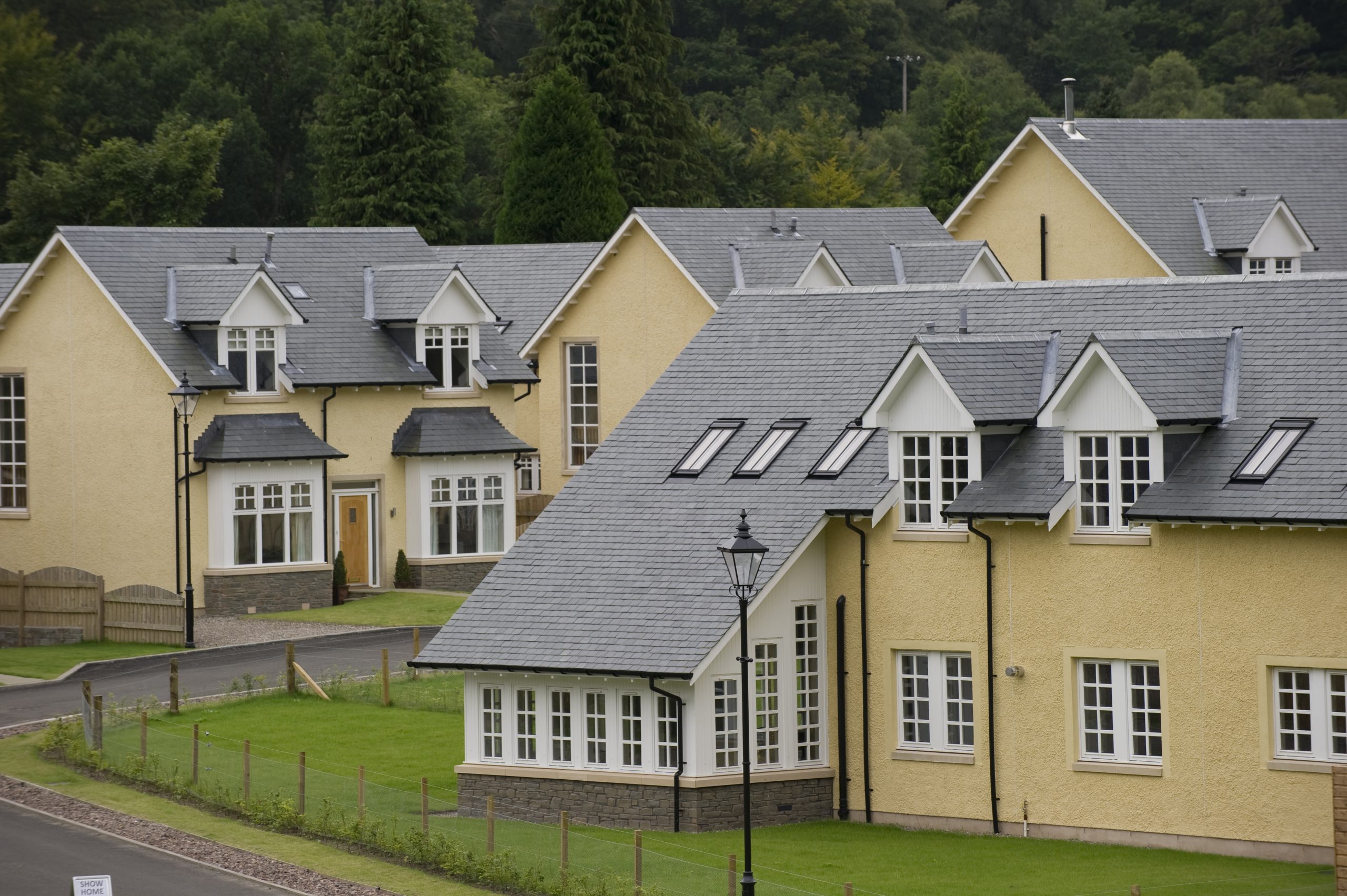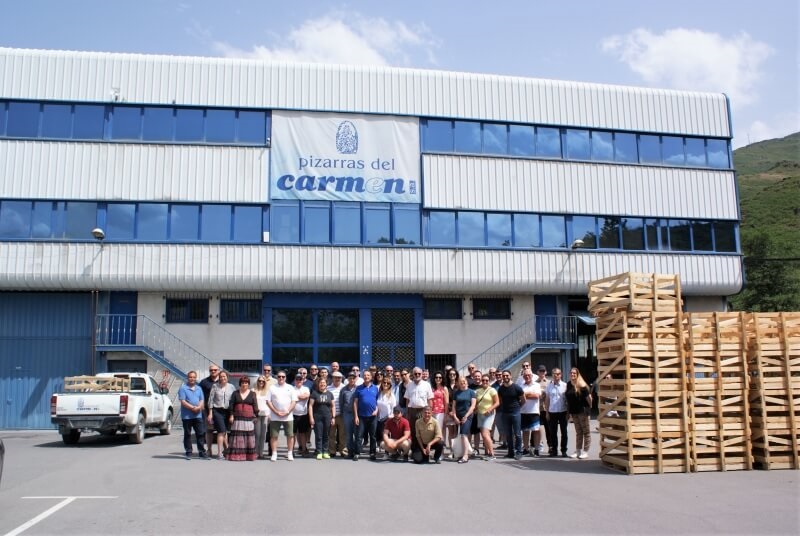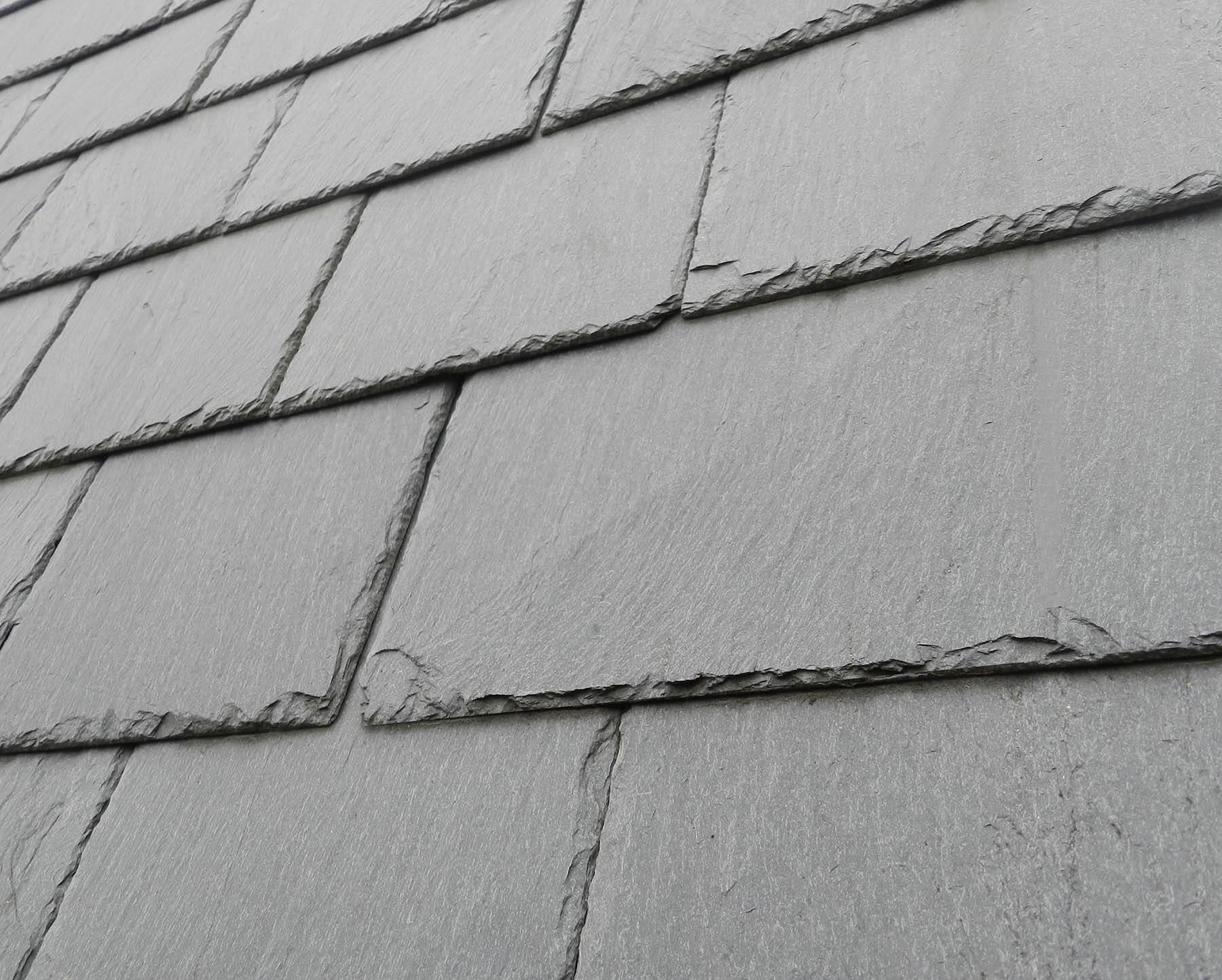
For roofers, architects and self builders around the UK, roof pitch can pose a big challenge.
Standard pitches are fine. Everyone is used to them – suppliers offer a wide range of products that suit them, and fitters are confident in installing them.
Definitions vary, but in Britain, a ‘standard’ or traditional roof is usually considered to be one that ranges between 30° and 50°.
However, anything outside of that range is often a lot more difficult to handle.
The problems with low pitch
Low pitch roofs, for instance, can present a whole host of issues.
Their gentler slopes mean rainwater flows slower, which can lead to water pooling on the surface and seeping into gaps between the roof tiles over time, potentially causing damage.
Low pitch roofs are also often found on single-storey extensions, which are then faced with the challenge of dealing with water shedding from larger, steeper roofs above.
Eaves are also particularly susceptible to leakage at low pitches.
Given that most roofing suppliers are geared towards traditional roofing pitches, it’s often the case that the products that get installed on low pitch roofs aren’t suitable.
These products are therefore pushed to the limit, and much more likely to fail as a result.
Why are low pitch roofs still popular?
So if all this is true, why do some buildings still incorporate low pitch roofs?
On extensions to existing buildings, existing features like first floor windows could be blocked by roofs with traditional pitches. Some people also simply prefer the aesthetics of lower pitched roofs.
However, it may be that the building owner has no choice in the matter. If they’re replacing roof tiles on a listed or historically sensitive roof, or working on a new-build in a heritage area where there are many other low pitch roofs, they may be forced to opt for a low pitch.
In these instances, it’s vital that roofers, architects, self-builders or whoever else is steering the project choose roof products that are specifically designed for a low pitch roof to avoid issues.
SSQ’s easy slate roof system
It’s to cater to that need that SSQ has collaborated to produce an innovative new low pitch roof system for its world-renowned natural slate roof tiles.
SSQ’s Weather Pro Roofing System is a revolutionary installation technique for slate that requires no eaves or ridge cut slates.
With its broken bond layout, it ensures the finished roof isn’t just functional but aesthetically pleasing, as well as significantly easier to fit.
Requiring 50% less slate than other systems, it allows for pitches as low as 12.5 degrees, and weighs only 19.7kg per square metre.
It’s also fully fire-rated, and requires 20% less batten than conventional installation methods.
Great slate tiles, great low pitch solution
“Slate is probably the oldest roofing material there is, but that doesn’t mean we can’t still innovate to make our customers’ lives easier,” comments SSQ Managing Director Ahmed El-Helw.
“In our attempts to make the fantastic natural slate products we supply even more versatile and user-friendly, we decided we needed a dedicated solution for low-pitched roofs.
“That was the inspiration behind our Weather Pro Roofing System, which we’re confident will help customers use our roof tiles to cater to an even wider range of lucrative projects.”
This isn’t the only recent innovation from SSQ.
Last year, the company unveiled its Riverstone ridges – real Riverstone phyllite slates chemically bonded to a GRP waterproof layer.
Designed to deliver authentic aesthetics and outstanding performance, they’re also extremely easy to fit.
Supplied pre-drilled and with two stainless steel retaining screws, the ridges are permanently secured in place with the invisible RidgeFix method.
Ahmed continues: “If you want to learn more about our Weather Pro Roofing System, or any of the other products and systems we provide, don’t hesitate to get in touch!”
The benefits of SSQ’s slate roof tiles
At SSQ, we’re dedicated to providing the highest quality natural slate and phyllite roof tiles.
Often specified for use in listed buildings and conservation areas, our slate tiles offer exceptional weather protection, coupled with a sleek and attractive aesthetic that is unique to this natural material.
What’s more, slate is among the greenest roofing materials available. Being 100% natural, and the product of hundreds of millions of years of geological processes, it doesn’t contain any harmful chemicals present in synthetic alternatives.
Moreover, natural slate roof tiles boast an impressive track record in terms of embodied carbon, which refers to a material’s carbon footprint.
Compared to other roofing options, the environmental impact of natural slate is significantly lower. Concrete tiles produce 0.19kg of CO² per kilogram, and clay tiles fare worse with 0.43kg per kilo. In contrast, natural slate has a much lower range of between 0.005-0.054kg per kilo.
If you’re seeking long-lasting and visually appealing roof tiles that are also eco-friendly, natural slate unquestionably stands as the top choice.
The only choice for a low pitch slate roof
To learn more about SSQ’s easy roof system for low pitches, or if you have questions about how the product you choose is affected by the pitch of the roof, we’d love to hear from you. Don’t hesitate to get in touch!


